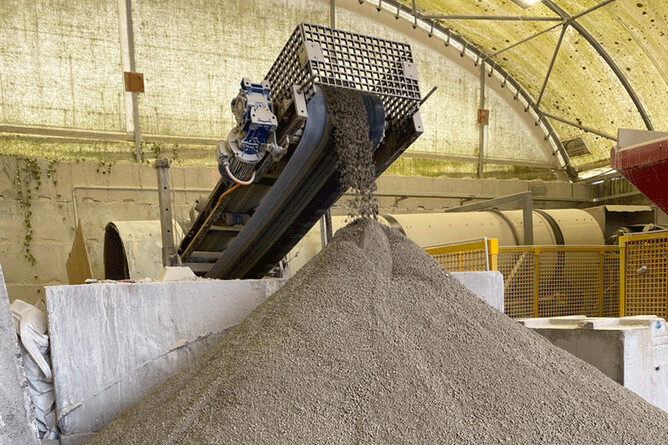As farmers and growers we all know that if we feed plants with enough of the right kind of nutrients, they will feed us. If only it was that simple!
More than ever, we need to develop fertilisers that simultaneously look after our environment, our food production, and our food producers. We need fertilisers that reduce environmental loss, while being economical, safer, and easier to use. Over the years, many farmers have discovered that dicalcic phosphate, as opposed to mono-calcium phosphate (Super), provides these benefits alongside improved soil health.
Granulation
One way to address these issues is to investigate alternative nutrient chemistry and methods of manufacturing, such as the granulation of controlled-release dicalcic phosphate. Granulation is not new technology, being widely used by the pharmaceutical industry to make tablets and capsules. In regard to fertiliser, the earliest granulated products were thought to have been made in 1926 in the USA.
But, as a process that can take fine, dusty powders and turn them into free-flowing, dust-free granules, granulation can mitigate many environmental concerns while still providing the nutrients vital for plant growth such as NPK (nitrogen, phosphorous, potassium), calcium, magnesium, and sulphur. This is new for those manufacturing and providing dicalcic phosphate fertiliser.
Benefits of granulation
A major advantage of granulating fertiliser involves product placement. Granules can be spread more accurately so they go where they are actually needed, and don’t end up where they shouldn’t be. That’s a tick for a healthier environment, and likewise for a reduction in product wastage. And of course, less wastage means more ‘bang for your buck’.
Another benefit is that the granules can be manufactured from more than one element to make blended fertilisers. This means fewer applications for farmers and growers, so savings in time and energy. For example, Fertco’s RePlenish and KingPhos fertilisers are phosphate fertilisers, but they can negate the need to apply a separate application of lime since they also contain calcium carbonate.
The blended fertilisers can also be made with different concentrations of elements. Again, Fertco’s phosphate fertilisers, Kingphos and RePlenish, are examples of this, being formulated for farms needing different amounts of phosphate and calcium.
User safety is also improved when granulated products are used. Not only are granulated fertilisers largely dust-free, which is better for spreaders and farmers, they flow freely. This is a crucial attribute for safe aerial application.
An added bonus with fertilisers that have been blended by granulation is their consistency; none of the individual elements segregrate out, so what is in the top of a fertiliser bag or spreader is the same as what is at the bottom.
The future of granulated products
Because of all these benefits, Fertco is moving to granulate all its dicalcic phosphate fertilisers. And the next innovation is already underway with trials to test the viability of adding micronutrients and biostimulants during the liquid phase of the granulation process.
Currently, it can be difficult to add small amounts of these kinds of ingredients to a large fertiliser order, and ensure that everything is evenly distributed through the mix. With granulation, every granule can have a measured dose added. So the farmer can have confidence that the soil and plants are getting what they need.
At Fertco, we believe that granulation will continue to play a key role in reducing environmental pollution and wastage in time and money, all without compromising pasture and crop growth in New Zealand.
This article was published in the Coast & Country News.






